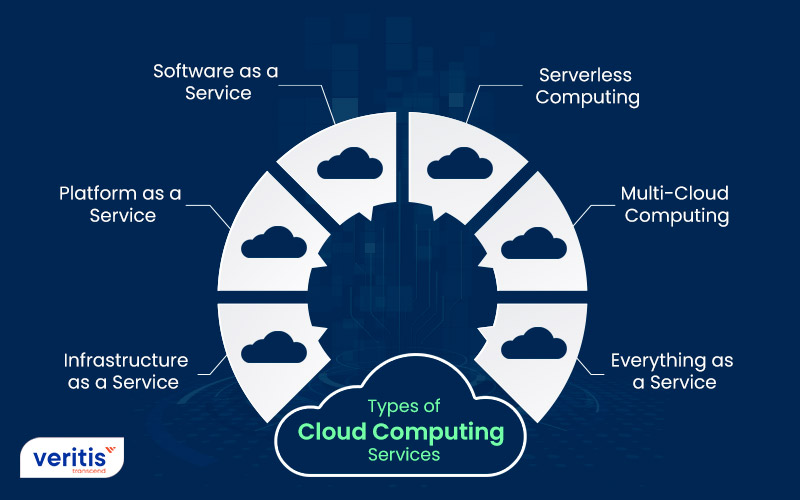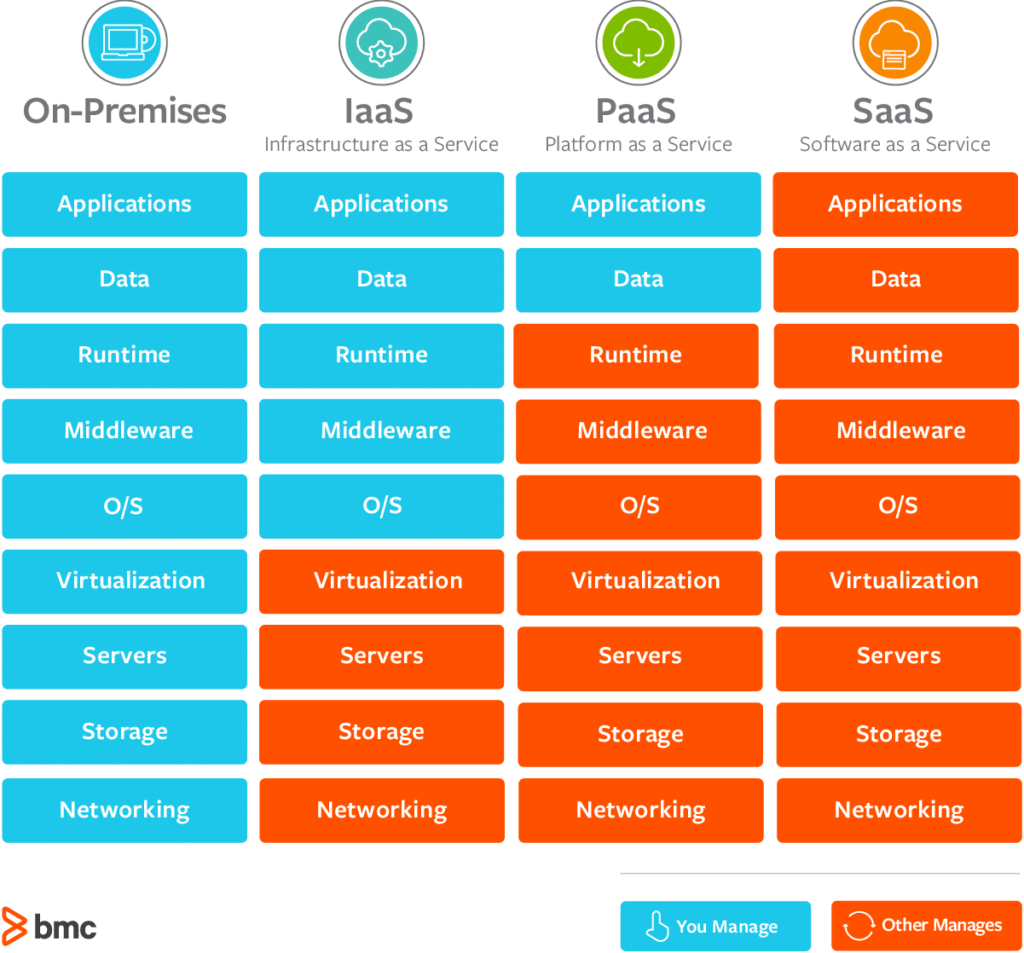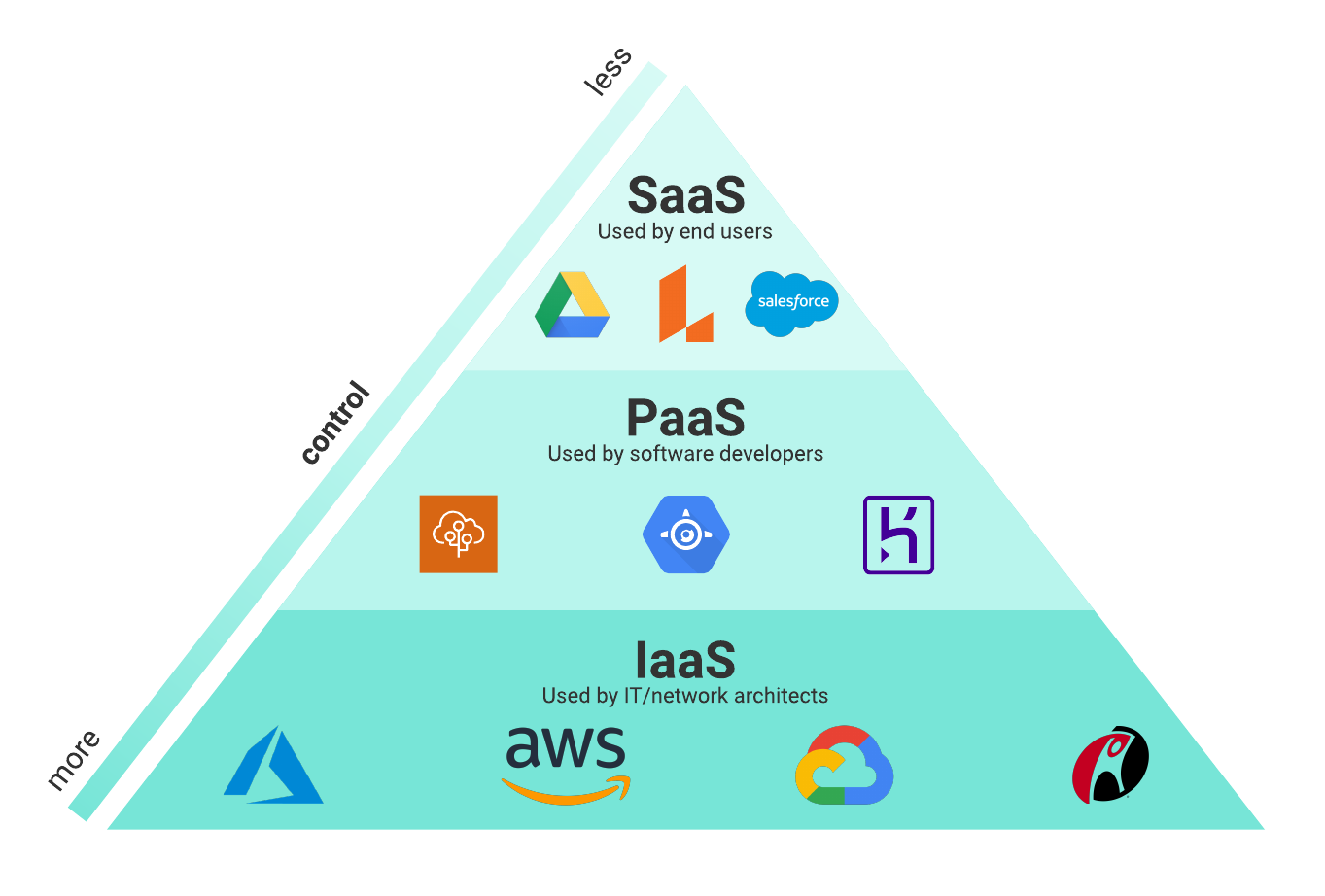Secure and Efficient: Optimizing Cloud Providers Advantage
In the fast-evolving landscape of cloud solutions, the intersection of safety and efficiency stands as a critical time for companies seeking to harness the full possibility of cloud computer. The equilibrium between securing data and making sure streamlined procedures needs a calculated method that demands a deeper expedition into the detailed layers of cloud service management.
Information Security Ideal Practices
When implementing cloud services, using durable information security best methods is paramount to guard delicate info successfully. Data encryption includes encoding information as though just licensed parties can access it, ensuring discretion and safety and security. Among the essential finest methods is to make use of strong encryption formulas, such as AES (Advanced File Encryption Requirement) with keys of appropriate size to safeguard information both in transit and at rest.
Additionally, implementing correct crucial management techniques is crucial to keep the safety and security of encrypted data. This includes safely producing, saving, and revolving security tricks to stop unapproved access. It is additionally crucial to encrypt information not just during storage space however additionally during transmission between customers and the cloud solution company to protect against interception by harmful stars.

Resource Allowance Optimization
To optimize the benefits of cloud solutions, companies must concentrate on maximizing resource allotment for reliable operations and cost-effectiveness. Source allocation optimization involves tactically distributing computing sources such as refining network, storage space, and power bandwidth to fulfill the varying needs of applications and workloads. By carrying out automated source allowance mechanisms, companies can dynamically change source circulation based on real-time demands, guaranteeing optimal efficiency without unnecessary under or over-provisioning.
Effective resource allotment optimization results in enhanced scalability, as resources can be scaled up or down based upon use patterns, resulting in improved versatility and responsiveness to transforming business demands. By properly aligning sources with workload needs, companies can decrease operational expenses by removing wastefulness and taking full advantage of utilization effectiveness. This optimization also improves general system dependability and durability by stopping source traffic jams and making certain that crucial applications receive the essential resources to function efficiently. Finally, source allotment optimization is crucial for companies aiming to utilize cloud services efficiently and firmly.
Multi-factor Authentication Application
Executing multi-factor authentication enhances the protection position of organizations by calling for added confirmation actions past simply a password. This added layer of security substantially decreases the threat of unapproved accessibility to delicate information and systems.
Organizations can select from numerous techniques of multi-factor authentication, consisting of text codes, biometric scans, hardware symbols, or authentication apps. Each technique provides its very own level of safety and security and comfort, permitting companies to pick the most ideal alternative based on their one-of-a-kind needs and resources.
Moreover, multi-factor verification is vital in securing remote access to shadow services. With the increasing trend of remote work, ensuring that just get more accredited personnel can access crucial systems and information is paramount. By carrying out multi-factor authentication, organizations can fortify their defenses versus prospective security violations and data theft.

Calamity Recovery Planning Techniques
In today's electronic landscape, efficient catastrophe healing preparation approaches are vital for organizations to minimize the effect of unanticipated disturbances on their operations and information integrity. A durable catastrophe recuperation plan involves determining potential risks, assessing their possible effect, and carrying out positive steps to ensure company continuity. One key element of disaster recuperation preparation is developing backups of vital data and systems, both on-site and in the cloud, to enable speedy remediation in case of an occurrence.
Additionally, companies need to conduct routine screening and simulations of their calamity recuperation treatments to recognize any weaknesses and boost feedback times. It is also important to develop clear interaction methods and assign accountable individuals or teams to lead healing efforts throughout a crisis. Furthermore, leveraging cloud solutions for disaster recuperation can supply cost-efficiency, scalability, and adaptability contrasted to traditional on-premises remedies. By prioritizing catastrophe healing preparation, organizations can minimize downtime, safeguard their credibility, and keep operational resilience in the face of unexpected events.
Efficiency Checking Tools
Performance surveillance devices play a vital function in offering real-time insights right into the wellness and performance of an organization's applications and systems. These tools make it Recommended Site possible for companies to track various efficiency metrics, such as response times, resource utilization, and throughput, enabling them to recognize bottlenecks or potential issues proactively. By constantly checking essential performance indicators, organizations can make sure optimal efficiency, recognize trends, and make educated choices to enhance their total functional performance.
One preferred performance monitoring device is Nagios, recognized for its capability to monitor networks, solutions, and servers. It provides detailed tracking and notifying services, making certain that any kind of deviations from set performance limits are quickly determined and dealt with. Another commonly used tool is Zabbix, using tracking capabilities for networks, web servers, online devices, and cloud services. Zabbix's user-friendly interface and adjustable functions make it a beneficial asset for organizations seeking robust efficiency tracking remedies.
Conclusion

In the fast-evolving landscape of cloud services, the intersection of safety and efficiency stands as a critical juncture for companies seeking to harness the complete capacity of cloud computer. The equilibrium between safeguarding data and making certain streamlined operations requires a critical strategy that necessitates a deeper exploration into the intricate layers of cloud solution monitoring.
When implementing cloud services, utilizing robust information file encryption ideal practices is extremely important to guard sensitive details successfully.To make best use of the benefits of cloud services, organizations should concentrate on optimizing resource appropriation for reliable procedures and cost-effectiveness - universal cloud Service. In conclusion, resource allotment optimization is necessary for organizations looking to utilize cloud services successfully and safely